Parsley vs. Cilantro – what’s the difference?
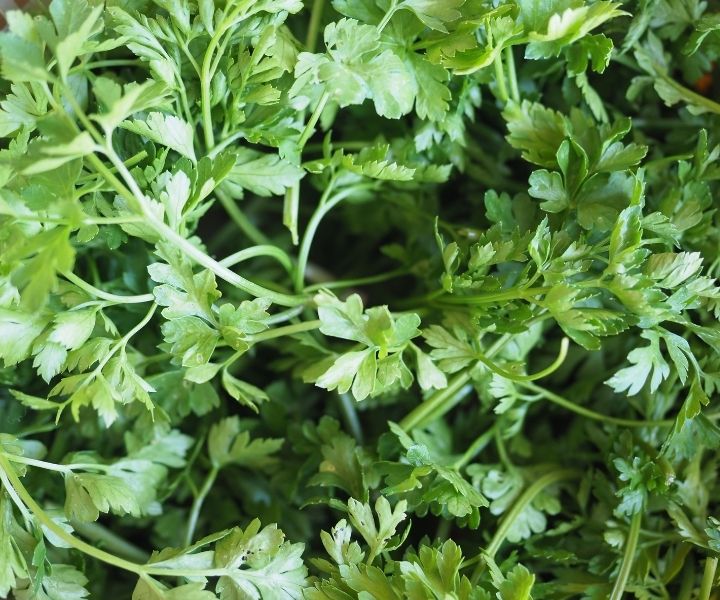
Parsley and cilantro are two herbs that have a lot in common, but they have some key differences. We will break down the similarities and differences of these two popular herbs to help you decide which one is best for your cooking needs.
You’ll learn about how they taste, their nutritional value, health benefits, and more. Plus, you’ll learn how and when to use parsley and cilantro so you can start using them right away! Read on to find out all about parsley vs. cilantro today!
What are Cilantro and Parsley?
Cilantro is a herb made from the coriander plant’s fresh leaves (Coriandrum sativum). This herb is also known as Chinese parsley or Mexican parsley—and it belongs to the parsley family. Fresh coriander leaves are the name given to cilantro in the United Kingdom and other countries.
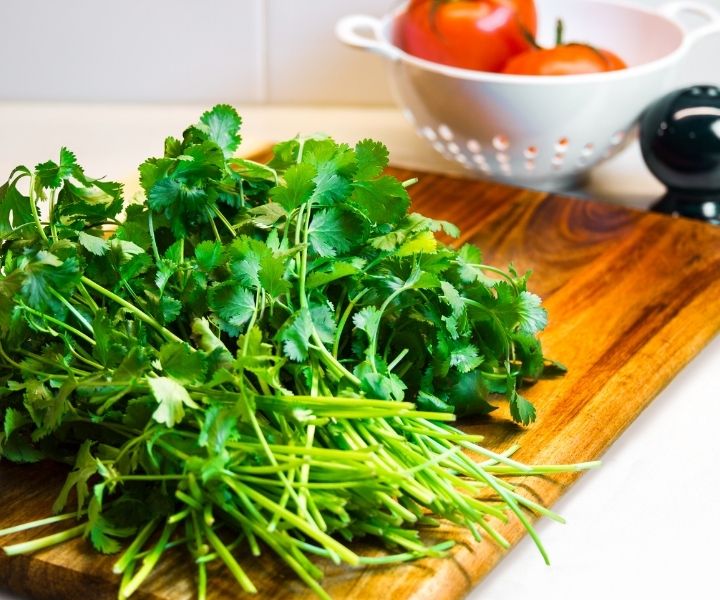
On the other hand, parsley has a slightly bitter undertone and a clean, peppery taste. It’s a vivid green vegetable that’s popular in Mediterranean cuisine. Parsley comes in two varieties, which are; curly parsley and Italian parsley.
Curly parsley has curly leaves, whereas Italian parsley has dark green, flat leaves. Therefore, the most commonly mistaken kind of parsley is Italian parsley.
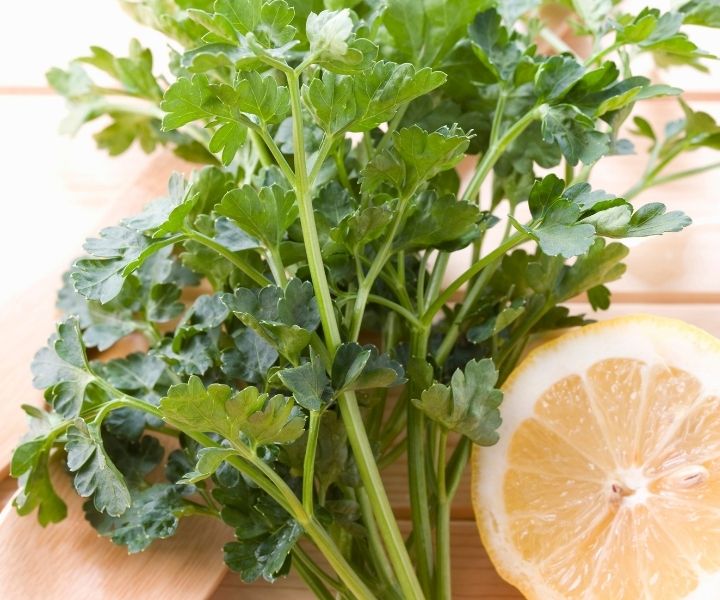
A Nutritional Comparison Table of Parsley and Cilantro
Despite having a similar taxonomic classification and physical appearance, cilantro and parsley have several nutritional distinctions. As a result, it’s difficult to say which is healthier because both are high in antioxidants and health-promoting elements.
Using USDA and NIH data, we examined the nutritional values of cilantro and parsley (28g each).
For a brief rundown of the most critical nutrients and distinctions between cilantro and parsley, consider the following:
Vitamin A, Vitamin C, Vitamin K, calcium, dietary fiber, and potassium are abundant in cilantro and parsley.
Although cilantro contains more alpha-carotene than parsley, parsley contains more lutein + zeaxanthin.
The folate content of parsley is also higher.
Below is a detailed nutritional comparison of cilantro vs. parsley. By visualizing the nutritional comparison, you can also check how the nutrition compares for a specific portion or serving size.
| Cilantro | Parsley | |
Protein | 1 gram | 1 gram |
Calories | 6 grams | 10 grams |
| Carbs | 1 gram | 2 grams |
| Fat | trace | trace |
| Vitamin K | 109% of Daily Value | 574% of DV |
| Vitamin C | 13% of DV | 62% of DV |
Vitamin A | 38% of DV | 47% of DV |
| Folate | 4% of DV | 11% of DV |
Both parsley and cilantro have a low-calorie count yet are high in vitamins, particularly vitamin K. They’re also high in antioxidants, which can help prevent oxidative damage to your cells.
Health Benefits Associated With Cilantro and Parsley
Cilantro and parsley have been utilized for medical purposes since ancient times. Modern scientific methodologies are supporting some of the health benefits attributed to this herb.
Below are some of the health benefits of cilantro vs. parsley
Parsley
Aids Diuresis
Diuresis is a condition in which your kidneys produce more urine in an attempt to clear your body of a chemical. Parsley is a natural diuretic that can aid in the reduction of bloating and high blood pressure.
Prevents Cardiovascular Diseases
Parsley is high in beta carotene and vitamin C, which protect our bodies’ water-soluble organs from damaging free radicals while supporting our immune systems. It also has a high concentration of B vitamins, which aid in the prevention of cardiovascular illnesses.
Acts as an Anti-cancer
Parsley also possesses myristicin (a volatile oil) that prevents cancer-causing tumors from forming and is a popular ‘chemoprotective’ diet, meaning it protects the body’s healthy tissues from the effects of anti-cancer drugs. In addition, they lower the risk of renal and gallbladder issues due to their high oxalate content.
Aids Eye Protection
Has vitamin A that aids in protecting the eyes’ surface and lutein and zeaxanthin, these two antioxidants that help prevent age-related macular degeneration.
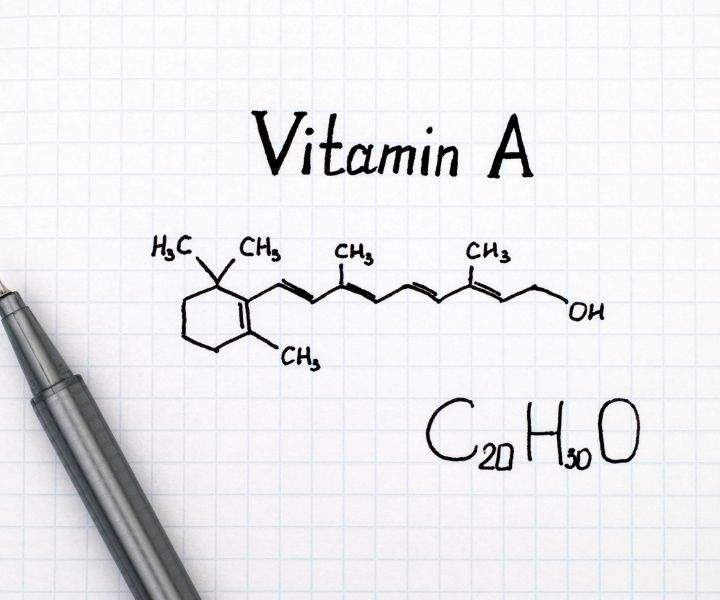
It Helps to Strengthen Bones
Vitamin K, which has been related to bone health, is abundant in parsley. The vitamin promotes bone mineral density and development.
Cilantro
Prevents Foodborne Illnesses
Dodecenal, an antibacterial component found in cilantro, may help protect your body from infections and diseases caused by contaminated food. However, salmonella, a bacterium that may cause life-threatening food poisoning, is resistant to the chemical.
Reduces Anxiety
Extracts from the cilantro plant have been shown in animal tests to be nearly as effective as medicine at decreasing anxiety symptoms. However, human subjects are still needed in research.
Helps in Controlling Blood Sugar
Cilantro’s capability to decrease blood sugar is so well-known that those with low blood sugar or diabetic medicines are advised to avoid it.
Aids Brain Health

Several studies have linked cilantro consumption to fewer signs of cognitive disorders like Alzheimer’s and Parkinson’s disease.
In traditional medicine, these plants have a long history of usage. In addition, they may offer a variety of health advantages, according to animal and test-tube research. However, additional human-based study on these possible consequences is required by scientists.
Culinary Uses, Scents and Tastes of Parsley vs. Cilantro
Culinary Uses
Parsley is a significant component in salads from Italy, such as Gremolata. This is an Italian parsley condiment made from fresh parsley, lemon zest, and garlic.
Parsley is also used to flavor soups and stocks while cooking as part of a bouquet garni or bundle of different herbs. However, it is primarily used as a culinary garnish in European and American cuisines.
Scents and Tastes
The best method to tell the difference between cilantro and parsley is to compare their flavor and fragrance, as here is where they differ the most. Does parsley have a taste? Yes, it does! Parsley has a mild taste and scent; you might not be able to tell it apart just by looking at it.
If you’re deciding between cilantro and parsley, you’ll typically be able to identify the difference since cilantro has a distinct, almost metallic scent and taste. Some folks assume it has a soapy flavor, although lovers of the plant say it has a citrus flavor.
Fresh cilantro has a flavor that is strong, sharp, lemony, and peppery. However, it tastes soapy to a specific proportion of the population. This is due to the natural aldehyde chemical found in the leaves, which is also generated during soap production and by some insects, including bedbugs.

Although both parsley and cilantro bring taste and color to dishes, they are not equivalent. Cilantro has a considerably more substantial, citrusy flavor than parsley, which has a light, fresh flavor that is highly adaptable.
When to Use Cilantro in Cooking
Add cilantro towards the end of the cooking process or as a top dressing. You should avoid cooking this herb since it will lose a lot of its taste.
Cilantro’s leaves, roots, and stems are all utilized in cooking. For example, cilantro leaves are used in guacamole and in making a green Italian sauce commonly known as salsa verde.
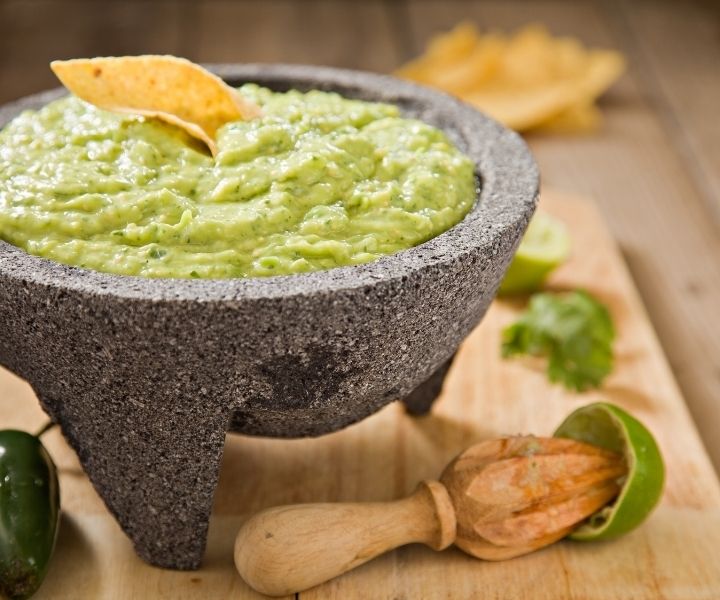
Cilantro and lime go well together, and this taste combination is common in soups and side dishes like rice. However, cilantro is generally used in moderation due to its intense flavor.
You may use a food processor to crush the stems if you’re preparing pesto or sauce.
Using Parsley in Cooking
Fresh parsley adds color and taste to a variety of meals, from soups to sauces. Below, we have explained to you how to use it in cooking.
Used as a base: It is used in making gremolata which is later used as a topping in Italian meat dishes such as Ossobuco alla Milanese, an Italian braised veal shank dish.
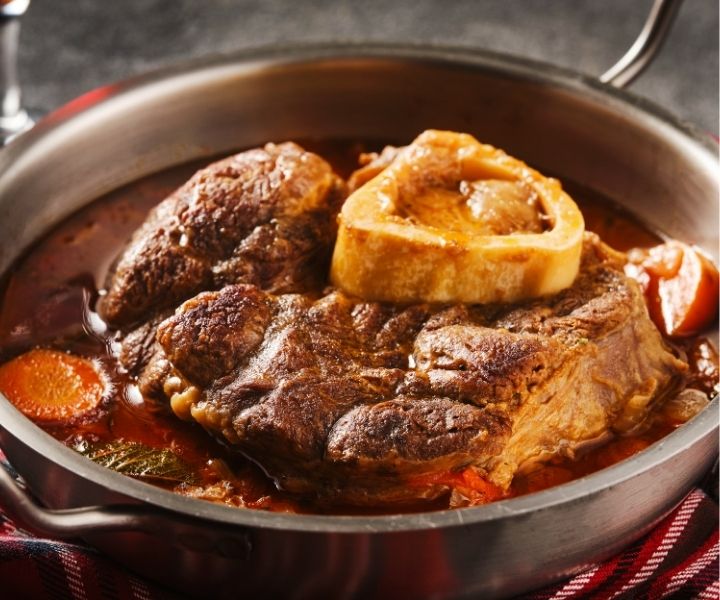
Fresh parsley has long been regarded as an excellent garnish in garnishing meals due to its colorful, green look and herbal flavor that complements other cuisines. As a result, fresh parsley is usually chopped and added towards the end of cooking, as the tastes of parsley quickly degrade when exposed to high heat.
Used as a bouquet garni: In addition to its primary use as a garnish, parsley is a popular element in the Italian seasoning mix, a traditional bundle of fresh herbs tied together and used to infuse a herbal taste into soups, stews, braises, and sauces.
On the other hand, dried parsley should be utilized throughout the cooking process since the strong tastes in the dried herb require time to marinate and soften before being served. Chefs frequently add parsley to red sauces, ground meat meals, and herb-laced bread doughs to increase the taste.
What Do Cilantro and Parsley Look Like?
Cilantro is a plant with flat green leaves and long, slender green stems. The leaves, on the other hand, are considerably more circular, like shamrocks with jagged edges.
The curled margins of cilantro leaves differentiate it aesthetically once again. But what does parsley look like? Parsley has pointed leaves, and cilantro has curved leaves. It’s straightforward to recall, thanks to the matching letters.
The herb flat-leaf parsley has long, thin stems and green leaves. The leaves are flat, somewhat pointed, and divided into parts. They look a lot like tiny maple leaves.
Look for pointy leaves to visually identify parsley. The leaves of cilantro and other herbs are more rounded.
How Do You Tell Parsley and Cilantro Apart?
You can quickly determine which herb is parsley and which one is cilantro in the grocery store’s produce department using three ways.
- Take a whiff of the herbs. The aromas of parsley and cilantro are somewhat distinct. Cilantro has a powerful scent that is similar to lime, but parsley is slightly bitter and far more delicate. If you’ve cooked with both herbs previously, this approach is quite simple.
- Take your time to observe the leaves. For example, the leaves of parsley (which begins with a P) are pointy. On the other hand, the leaves of cilantro (which starts with a C) are curled. This approach should be able to detect the difference between the plants as long as they are side by side.
- Feel free to ask an employee if the two ways above aren’t working. For example, if you gently ask for assistance in finding the herbs on your shopping list, the employees at the grocery store will not mind. Most of the time, they’ll appreciate the opportunity to step away from their current project and immediately assist someone.
The Best Way of Storing Parsley vs. Cilantro
Storing Cilantro
Cilantro has a short shelf life. If you don’t wash it until you’re ready to use it, it will quickly deteriorate. Instead, gently place the stems in a glass of water and cover the top loosely with a plastic bag to keep it fresh for up to a week.
Store the cilantro in the refrigerator to keep it cold. The leaves can then be trimmed off as necessary.
Cilantro freezes well in ice cube pans. Puree your cilantro with a couple of tablespoons of water in a food processor, then transfer to ice cube trays and freeze. Take it out of the freezer, thaw it, and use it whenever you need cilantro. You can use the frozen cilantro in fresh salsas and soups, and it’s delicious!
You may also freeze cilantro by blanching it beforehand to stop the enzymes from breaking it down. Dip a clean bunch of cilantro into boiling water for a few seconds to wilt it, then dip it into freezing water.
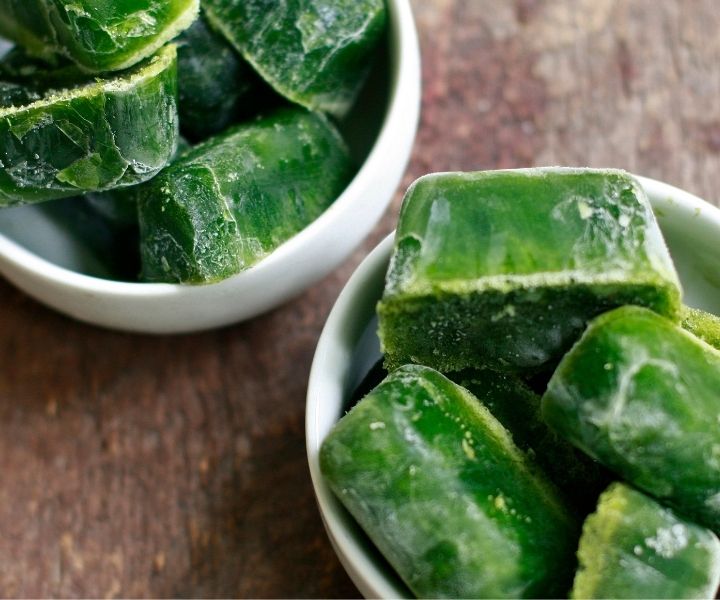
Toss the blanched cilantro with a paper towel to absorb any excess moisture. Remove the stems from the leaves and place them in freezer bags to be frozen. In the bags, spread the leaves thinly and keep them flat.
Keep your parsley fresh for a few days by wrapping it in wet paper or a kitchen towel and storing it in the refrigerator. Handling parsley as if it were a bouquet will keep it fresher for longer.
Trim the stems slightly and set the bunch in a container filled with about 1 inch of water without washing it. Refrigerate the container after covering it loosely with a plastic bag. Replace the water every few days or when it becomes muddy.
As required, rinse the stems and leaves and wipe them dry with kitchen paper towels.
Storing Parsley
Parsley leaves may also be frozen by washing and drying them before placing them in ice cube trays and coating them lightly with water or olive oil. After it has been frozen, please put it in freezer containers.
Parsley is terrific in soups and sauces, but the frozen leaves will get limp if used as a garnish. The cleaned and dried leaves can also be frozen and kept flat on a tray.
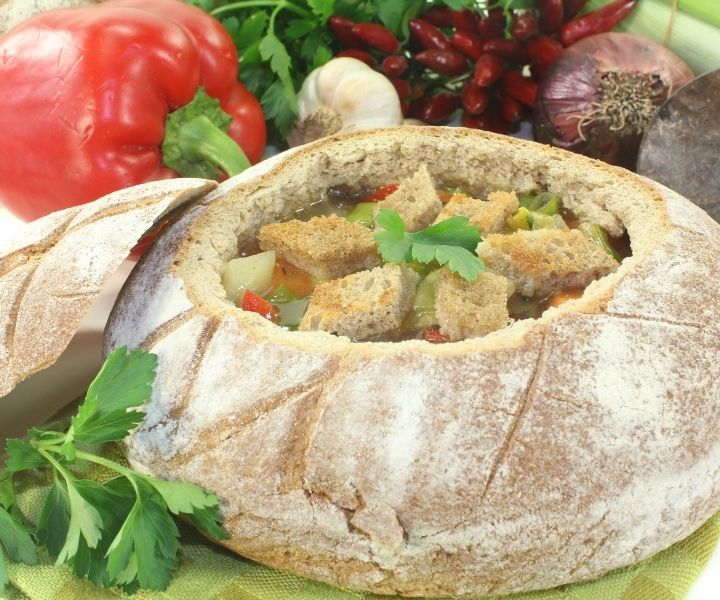
We hope we’ve given you a good overview of the two herbs. Remember, they are very different in taste and texture, so one is better than the other for some foods, but it really depends on your personal preference.

Community of passionate writers and content creators who share a love for Italian heritage, culture, travel, food, and the Italian-American community. Our mission is to celebrate Italy’s rich history and traditions and connect with others who share the same passion.

